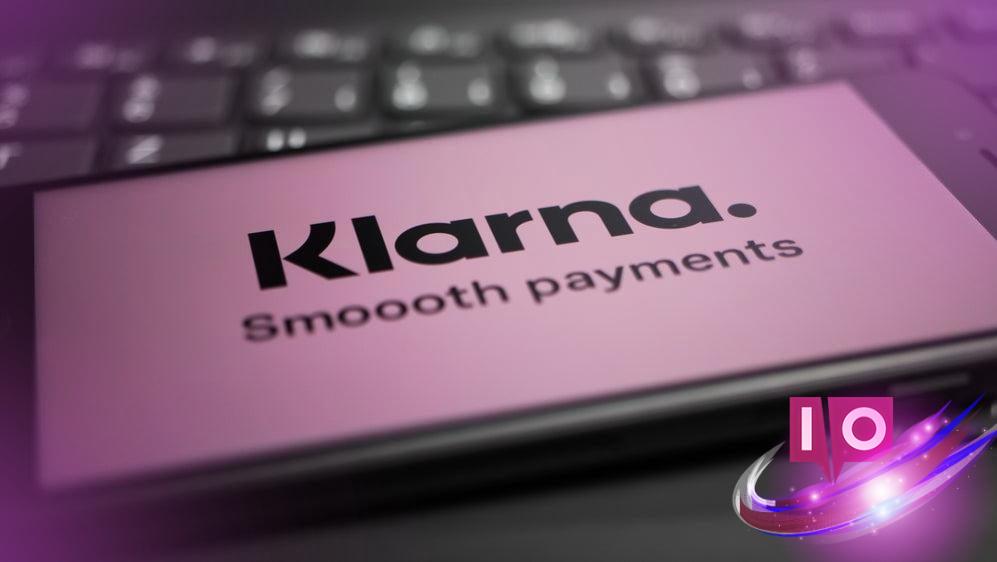Imagine having a boss who not only believes artificial intelligence could replace your role but also thinks he can figure it all out on his own. For many employees at Klarna, this scenario is their reality with CEO Sebastian Siemiatkowski.
Recently, Futurism reported on Siemiatkowski’s habit of using AI to create prototypes for features and then summoning his engineering team to review his work. This practice, often dubbed “vibe coding,” raises eyebrows and concerns among professionals accustomed to a more collaborative workflow.
During a recent appearance on the podcast Sourcery, Siemiatkowski shared his newfound hobby of using AI tools for coding. Despite admitting he has no prior coding experience, he has taken to AI-powered tools, like Cursor, to develop features in approximately 20 minutes. He then presents these prototypes to his engineers.
He stated, “Rather than disturbing my poor engineers and product people with what are half good ideas and half bad ideas, I test it myself. I come say, ‘Look, I’ve actually made this work, this is how it works, what do you think, could we do it this way?’”
Although Siemiatkowski shows a hint of self-awareness about the mixing of roles, he jokingly admits that AI often flatters him into believing his ideas are brilliant. He sees value in using Cursor as a tool that fosters clearer communication of his vision to his team. But does that alleviate the sigh of resignation from his engineers when they face yet another unrefined prototype? That remains uncertain.
Siemiatkowski’s inclination towards vibe coding does not reflect the lessons learned from his previous foray into AI. Last year, he made headlines by slashing Klarna’s workforce nearly in half—from 3,800 to 2,000—primarily by replacing human roles with AI alternatives in customer support. However, he soon realized the irreplaceability of human nuance and brought back some of the jobs he had cut.
This trend in vibe coding is indicative of a shift in the tech landscape, leading to new opportunities even amidst AI-induced layoffs. Publications like NBC and 404 Media have documented the rise of a gig economy where developers spend their time fixing AI-generated coding errors. A survey by Fastly revealed that 95% of developers said they need to invest additional time correcting AI’s mistakes, with some even noting it takes longer to fix these errors than to generate code using AI tools in the first place. Similarly, research firm METR found that developers’ task completion rates actually decline when using AI tools.
But perhaps the most important aspect—Siemiatkowski feels empowered in his coding adventure. Isn’t that key in today’s fast-paced business environment?
Why is vibe coding controversial in tech circles? Many believe that relying on a non-expert to shape coding direction can lead to inefficiencies and misunderstandings in the development process. While creativity is valuable, it’s essential that it also aligns with technical expertise.
How can companies effectively integrate AI while supporting their human workforce? The balance lies in strategically using AI to enhance productivity without eliminating jobs that require a human touch.
What challenges do developers face when correcting AI-generated code? Developers often find themselves investing significant extra time and resources in debugging and correcting issues produced by AI tools. This not only affects their workflow but also impacts project deadlines.
As we dive deeper into this evolving landscape of AI and coding, it’s vital to remain curious and informed. Companies must navigate these waters carefully, ensuring that technology complements rather than complicates human contributions. For more insights on AI and its implications in various fields, explore our content at Moyens I/O.
